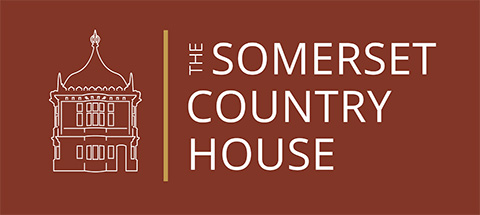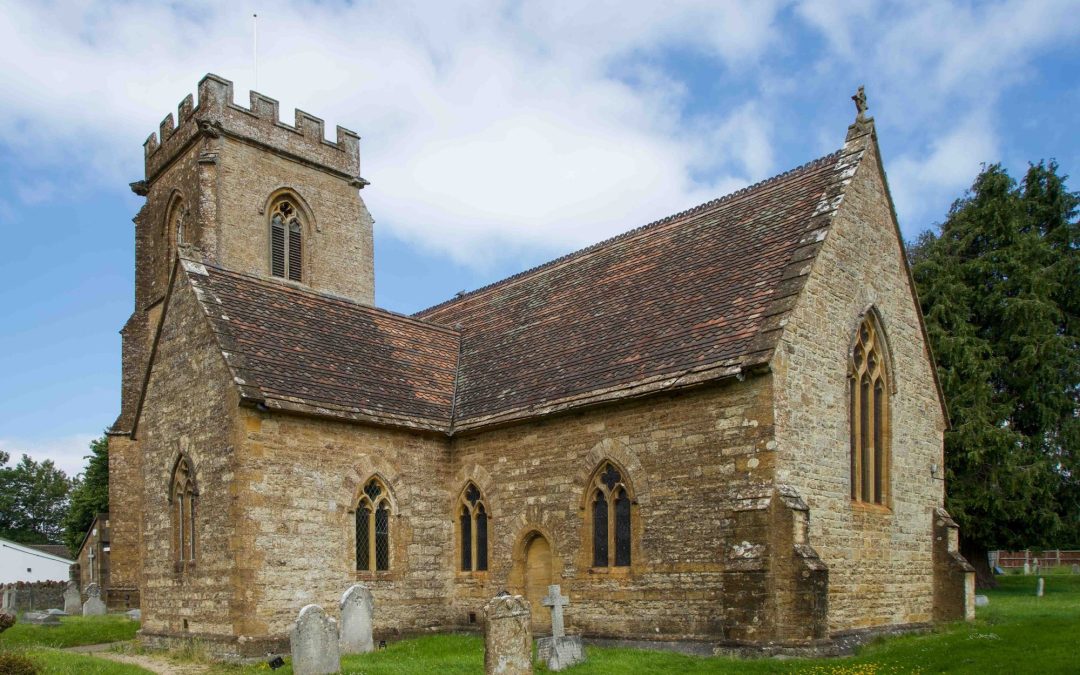This post looks at the early years of Edward Phelips V as described in his autobiography A Short Sketch of Anecdotes in My Life.[i] This work covers his life from his birth in 1725 until the end of 1788.
12th of April 1725: Edward is born at Park Place, Westminster, London
Edward Phelips V was born on the 12th of April 1725 in London. It would take until 1750, at the age of twenty-five, when he would finally inherit Montacute. His mother had to fight her way through a complicated legal situation to acquire Montacute for her son. Edward’s grandmother, Lady Edith Phelips (1662-1728), was living in Montacute House until 1728, displacing Edward’s father, who was living at Preston on the outskirts of Yeovil.
Edward outlines his life in A Short Sketch of Anecdotes in My Life. He tells the reader:
I was born in Park Place in the Parish of Saint James’s, Westminster the 12 of April 1725. At three years of age I was first sent out to school, to a Mr Rookely at that time curate & school master at Yeovil: my father & mother then residing in the adjacent Parish of Preston.[ii]
1728: Edward’s Parents are Resident in Preston Parish
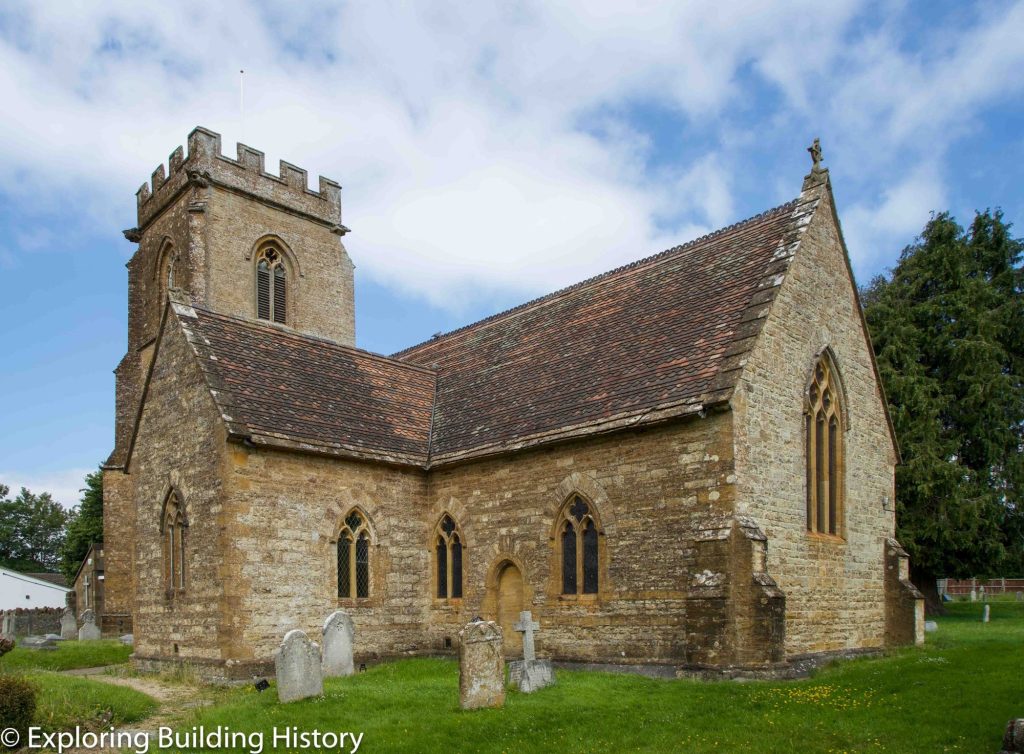
Church of St. James, Preston Plucknett, Yeovil
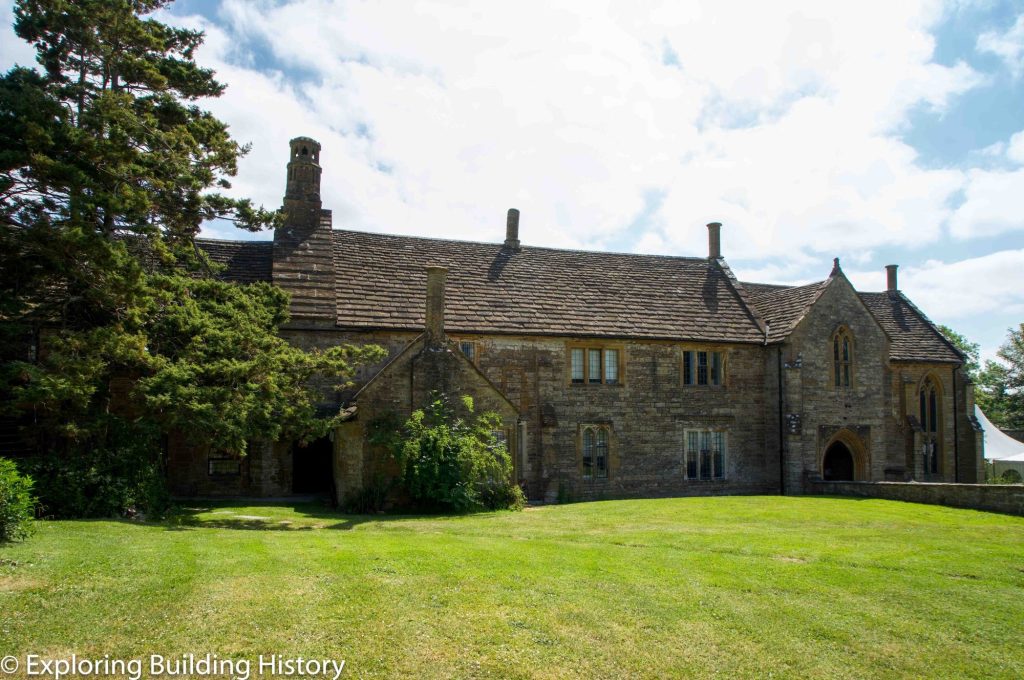
Abbey Farm House, Preston Plucknett – I am unclear as yet where the Phelips lived when in Preston Pluckett
Preston Plucknett was a separate manor and village until 1928, when it was mostly incorporated into Yeovil[iii] and predates the Conquest. Today its original identity as a village has been mainly lost as it appears as part of Yeovil. There is an entry for it in Domesday (then known as ‘Prestetone’).[iv] The Manor of Preston was in the ownership of John Waldegrave by 1599. In 1725, the then Waldegrave (James Waldegrave, 1st Earl Waldegrave) sold it to Edward Phelips IV. Part of the estate had been purchased in 1611 by Sir Edward Phelips I (c. 1555/1560 – 1614) when he bought the rectory and lordship of Yeovil.[v]
William Phelips, Edward IV’s uncle, was resident in Preston Plucknett until his death in 1714.[vi] Edward Phelips IV purchased to complete the estate. His son Edward Phelips V sold the estate in 1758 to William Cox, a timber merchant of Rotherhithe. Then in 1762 Thomas Fane of Brympton (later Earl of Westmorland) purchased the estate and leased it out.[vii]
1728: Edward attends School in Yeovil from the age of 3
On the west end of Church of St. John, the Baptist, in Yeovil, was a chantry. The chantry chapel abutted the west tower. It was probably part of the earlier medieval church. In 1573 it was converted to a grammar school for boys. In 1854-55 it was relocated away from the church to its current location on Church Path.
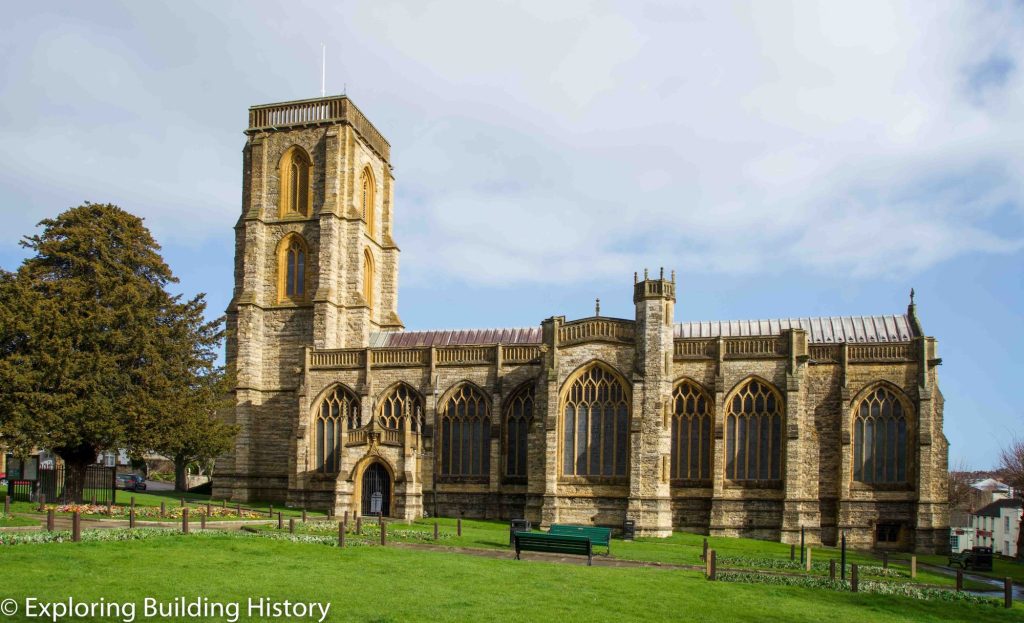
Church of St. John the Baptist, Yeovil. The Chantry which became the grammar school was attached to the tower at the west end.
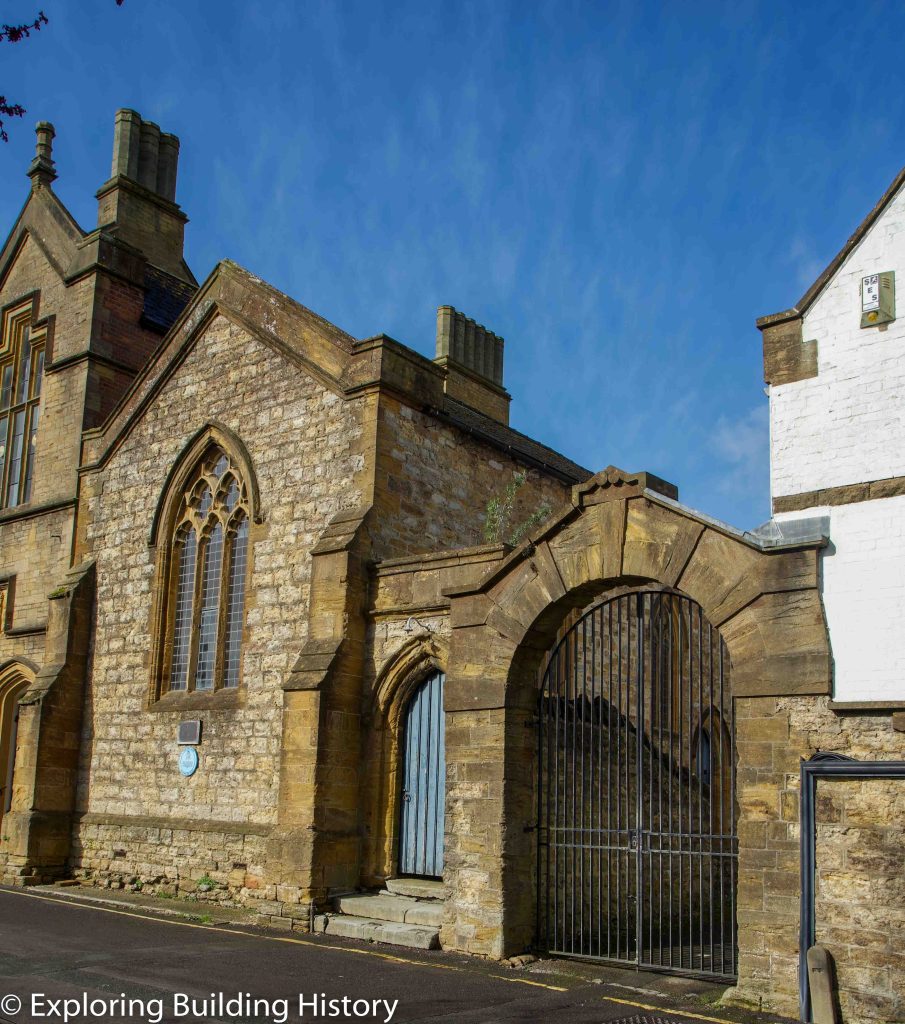
The Chantry that was relocated in 1854
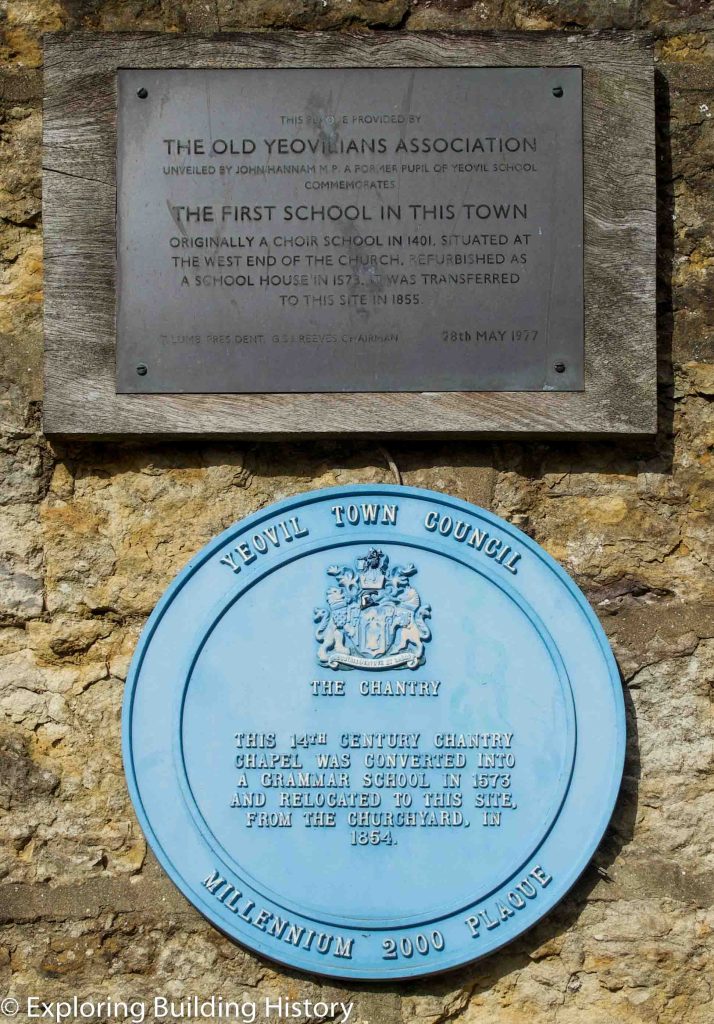
The sign on the relocated Chantry
Presumably this is the school that the three-year-old Edward attended until he was seven. His home would have been 1.5 miles away.
1732: Edward attends Sherborne School from the age of 7
In 1732 I was placed at Sherborne School under Mr Wilding, who dying suddenly, was succeeded by Mr Galyard under whose care I still continued.[viii]
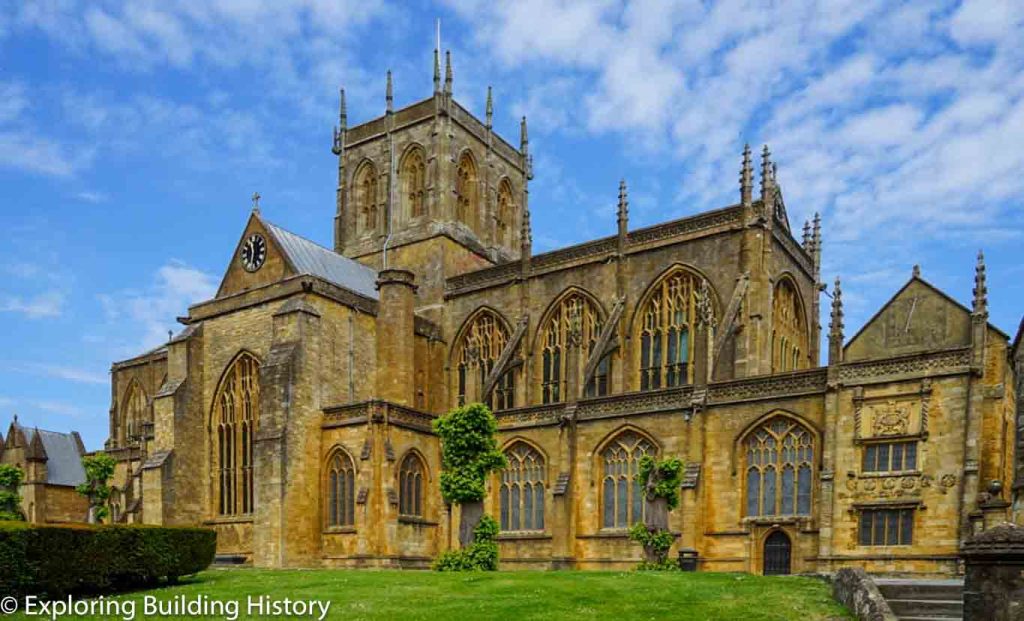
Sherborne Abbey – Sherborne school lies behind it
The list of headmasters from www.oldshirburian.org.uk, includes:[ix]
Benjamin Wilding (1681 to 1733) Headmaster from 1720-1733
John Gaylard (1690-1743) Headmaster from 1733-1743
The entries for the 2 headmasters in W. B. Wildman’s A Short History of Sherborne from 705 A.D., (1902), records that:
-
The Rev. Benjamin Wilding, M.A., Balliol Coll. Oxon: Master of Bath Grammar School ; author of The Duke of Buckingham’s Epitaph Explained and Vindicated. An attempt made in 1721-22 to eject him for breach of the School Statutes involved a law suit, which was won by him. Died October, 1733 of heart disease, ‘as he was walking with Milton’s ‘Paradise Lost’ in his hand on a Sunday morning in the Bristol Road’.[x]
-
Rev. John Gaylard, M.A., Fellow of Emmanual Coll., Camb. ; Vicar of Winsford, 1714-1743, where he was non-resident for years ; Usher of the School, 1723-1728 ; Master of Wells Grammar School, 1728-1733. Died at Sherborne, 1743 ; his portrait was for 50 years in the Board Room of the Almshouse. It has now been restored to the School.[xi]
Edward was seven years of age when he started at Sherborne school. The sudden death of Mr. Wilding must have had an effect, either by the loss or the impact on him of school life under Mr. Gaylard. Sherborne is around seven miles from Preston. He would have boarded at the school.
Sherborne school has an ancient history. It had been founded by St. Aldhelm in 705 A.D. when he became the 1st Bishop of Sherborne. It has been asserted that a former pupil was Alfred the Great.[xii] The school managed to negotiate its existence through the Anglo-Saxon and Viking conflict, the cathedral see removal to Sarum in 1075, and the dissolution of the Benedictine Monastery. Edward VI re-found the school in 1550. Funding was provided from chantry endowment lands, in particular those chantries from the churches at Martock, Gillingham, Lytchett Matravers and Ilminster.[xiii]
1734: Edward’s Father dies of a ‘sweating fever’. Edward is 9.
In May 1734 my father died of a sweating fever at the age of 52.[xiv]
Edward does not specify which disease it was that carried off his father. There had been a mysterious ‘sweating sickness’ in England during the Tudor period. It appeared in 1485 and apparently vanished after the last outbreak in 1551. It may have killed off Prince Arthur, Henry VIII’s older brother. His new wife, Catherine of Aragon also caught it but survived. Their illness was described at the time as “a malign vapour which proceeded from the air”.[xv] This sweating sickness suddenly came upon the person with profuse sweating, and within twenty-four hours they were either dead or recovered.[xvi]
It is difficult to know exactly what disease Edward’s father died off. He may have contracted smallpox as it was a constant threat. However, it is likely it would have been identified as that disease. In a letter from Edith Phelips to her sister Elizabeth Phelips (Edward V’s mother) in circa 1725, she writes:
Poor Luce Daniel is dead in the Small Pox with Distemper reigns very much in these parts now. It’s being in East Coker… [xvii]
SUMMARY
Whilst Edward was born in London, his formative years were back in Somerset. His young life was marked with tragedy at the age of nine with the sudden loss of his father in 1734. When he was seven, the sudden death of the headmaster at Sherborne, Mr. Wilding, in 1732 was something he recalled. With loss and an uncertain future, perhaps he found solace in his studies and his immediate family. His sister never married and lived with him and his family at Montacute until her death in 1796.
It would take until he was twenty-five before he finally could take his seat at Montacute House. In that time his mother would fight to gain Montacute House and ensure the best education for her son.
NOTES
[i] S.R.O., ‘Autobiography of Edward Phelips (1725-97), c1794’, Phelips Manuscripts, Personal affairs, DD/PH/224/114.
[ii] S.R.O., DD/PH/224/114.
[iii] Bob Osborn, ‘Preston Plucknett’, Yeovil’s Virtual Museum, <http://www.yeovilhistory.info/preston-plucknett.htm> [accessed 18 June 2023].
[iv] Anna Powell-Smith, ‘Preston’, Open Domesday, < https://opendomesday.org/place/ST1326/preston> [accessed 18 June 2023].
[v] Bob Osborn, ‘Lords of Yeovil’, Yeovil’s Virtual Museum, <https://www.yeovilhistory.info/history%20-%20lords.htm#preston%20plucknett> [accessed 18 June 2023].
[vi] Bob Osborn, ‘Pall Inn/Hotel/Tavern’, Yeovil’s Virtual Museum, <(https://www.yeovilhistory.info/pall.htm> [accessed 19 June 2023].
[vii] Osborn, ‘Lords of Yeovil’.
[viii] S.R.O., DD/PH/224/114.
[ix] ‘Headmasters of Sherborne School, ‘The Old Shirburnian Society’, <
https://oldshirburnian.org.uk/headmasters-of-sherborne-school-2/> [accessed 19 June 2023].
[x] W. B. Wildman, A Short History of Sherborne, 2nd edn., (Sherborne, F. Bennett, 1902), pp. 143-44,
<https://archive.org/details/shorthistoryofsh00wilduoft/page/n9/mode/2up> [accessed 18 June 2023].
[xi] Wildman, A Short History of Sherborne, p. 144.
[xii] Wildman, A Short History of Sherborne, p. 4.
[xiii] Wildman, A Short History of Sherborne, pp. 80-81.
[xiv] S.R.O., DD/PH/224/114.
[xv] Alison Weir, The Six Wives of Henry VIII, (New York: Grove Press, 2007), pl. 37.
[xvi] A. Dyer, ‘The English sweating sickness of 1551: an epidemic anatomized’, Med Hist. 1997 Jul;41(3): pp. 362-84. https://www.ncbi.nlm.nih.gov/pmc/articles/PMC1044802/?page=1 [accessed 9 May 2023].
[xvii] S.R.O., ‘Correspondence. c1725-c1728’, Phelips Manuscripts, Personal Affairs, DD/PH/229/36.
BIBLIOGRAPHY
Dyer, A., ‘The English sweating sickness of 1551: an epidemic anatomized’, Med Hist. 1997 Jul;41(3): pp. 362-84. https://www.ncbi.nlm.nih.gov/pmc/articles/PMC1044802/?page=1 [accessed 9 May 2023]
Osborn, Bob, Yeovil’s Virtual Museum, http://www.yeovilhistory.info [accessed 18 June 2023]
S.R.O., ‘Autobiography of Edward Phelips (1725-97), c1794’, Phelips Manuscripts, Personal affairs, DD/PH/224/114
S.R.O., ‘Correspondence. c1725-c1728’, Phelips Manuscripts, Personal Affairs, DD/PH/229/36
The Old Shirburnian Society, <https://oldshirburnian.org.uk> [accessed 19 June 2023]
Weir, Alison, The Six Wives of Henry VIII, (New York: Grove Press, 2007)
Wildman, W. B., A Short History of Sherborne, 2nd edn., (Sherborne, F. Bennett, 1902)
